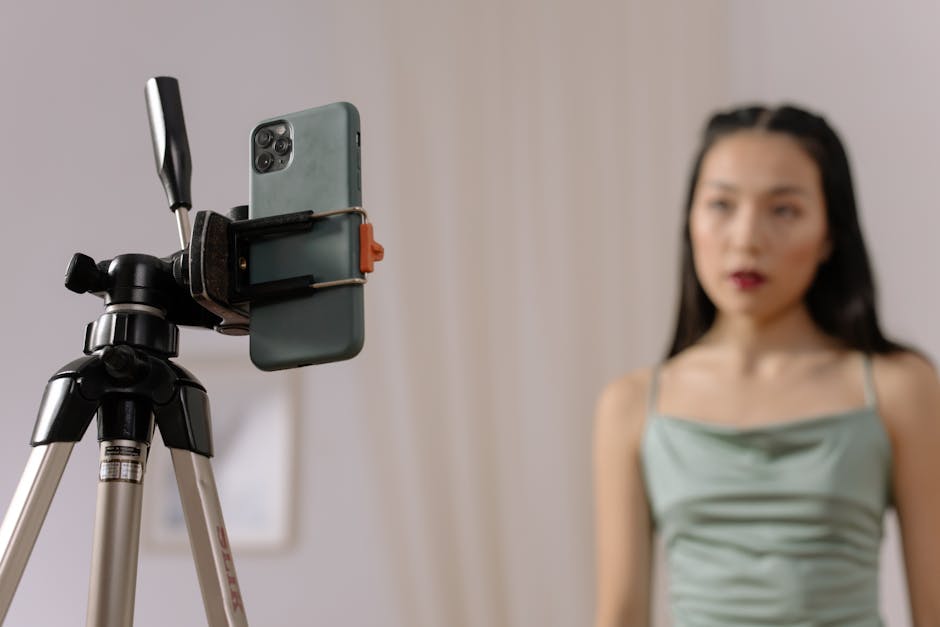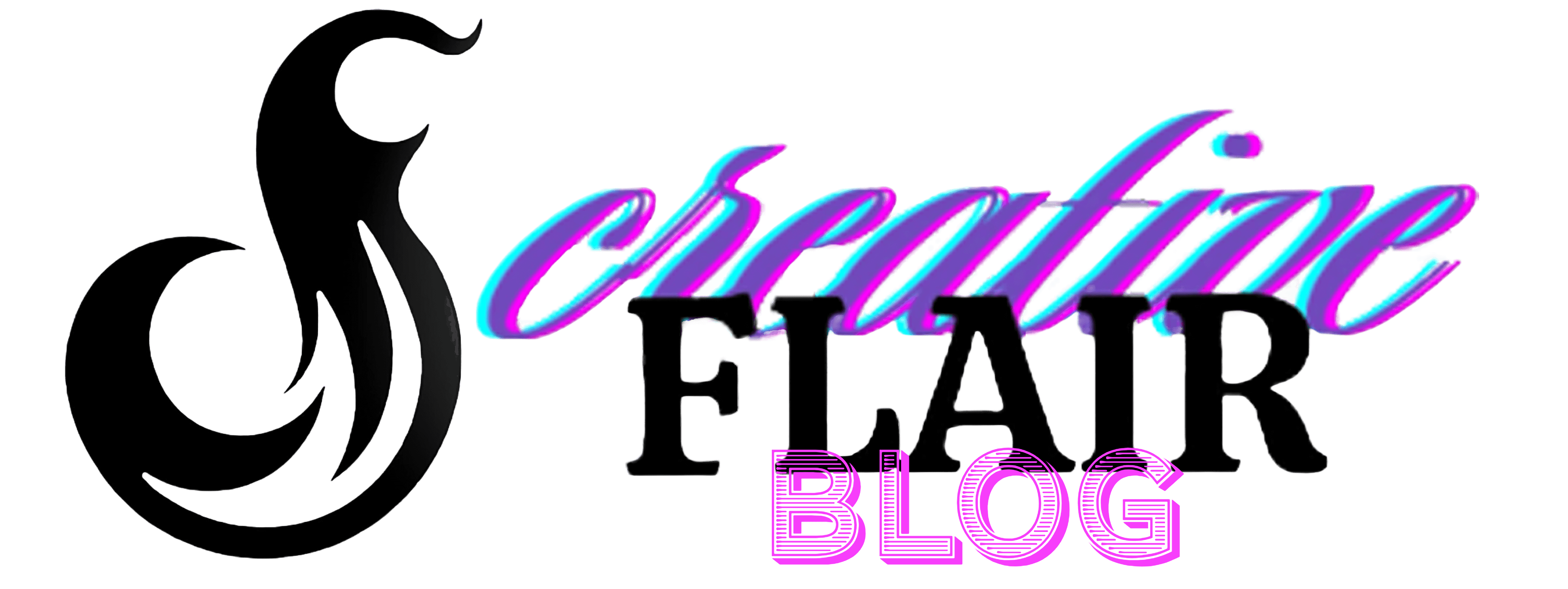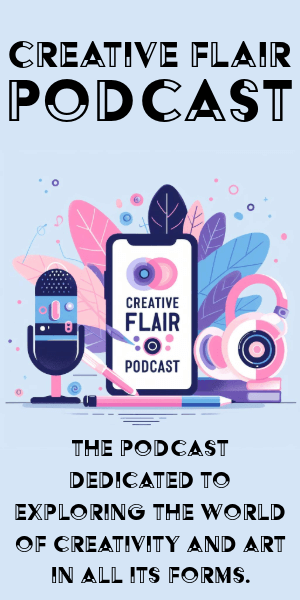Digital Platforms and Art Distribution
The digital age is transforming art distribution in unexpected ways. With the touch of a button, artists can now showcase their work to people worldwide. Social media has become a virtual gallery offering endless opportunities for exposure. Unlike traditional galleries, social platforms open doors for everyone. Artists no longer need to wait months for a spot in a gallery or rely on a middleman to assess their work.
Artists can now display their art for free, reaching staggering audiences. A piece of art can circulate the globe quickly, as viewers from different time zones marvel at the artwork from home. This shift is not just about exposure but about control. Artists can engage directly with their audience, getting feedback and building connections that were once limited to gallery openings and art shows.
Collectors find themselves in a new world too. No longer confined to physical galleries or auction houses, they can browse art online casually. The democratization of art means that anyone with an internet connection can explore emerging talent usually hidden from the art elite.
However, this new world isn't without challenges. The marketplace can be unpredictable. With free access comes questions about how to monetize art while maintaining artistic integrity. Navigating this terrain requires both innovation and understanding of digital marketplace mechanics.
The digital platforms also create a dynamic dialogue where every interaction becomes part of the art discussion. Viewers become part of the story, shaping it with their engagement. It's a new chapter in art's long history, opening areas that few could have predicted.
The Rise of the Creator Economy
The creator economy is flourishing online, reshaping the art world. Digital creators now wield their content as capital, engaging followers with new energy. Unlike influencers who rely on allure and charisma, creators curate from the soul, molding their experiences, thoughts, and talents into digestible morsels of art and insight.
This economy gives artists unprecedented autonomy over their work. Monetization can be tricky, balancing artistic integrity with audience appetites. Yet it's worth figuring out as opportunities multiply.
Artists are finding new allies in their audiences, who now act as patrons, critics, and collaborators. It's a modern patronage system where feedback is instant, and support comes in small amounts rather than big commissions. Each social media interaction carves a path for deeper artistic connection, blurring lines between creator and consumer.
Traditional artists face an interesting choice. Some are trying out creation-to-consumer platforms like Patreon or Kickstarter, where the artistic process is as important as the final product. For some, this shift feels natural; for others, it's like learning a new language.
However, this digital world isn't perfect. The allure of viral fame comes with the constant pressure to create content. For artists, there's a risk of art becoming "just another piece of content." Yet even in this digital deluge, quality work still shines through.
Embracing the creator economy invites artists to adapt and evolve. As art increasingly transcends its traditional boundaries, artists become architects of an expansive digital universe—one full of possibility and waiting for those brave enough to explore it.

NFTs and the Art Market
Non-fungible tokens (NFTs) are reshaping the art market. These unique digital certificates authenticate ownership of digital art, transforming intangible creations into ownable assets. In a world hungry for uniqueness, NFTs serve as both the artwork and the signature.
For artists, especially digital creators, NFTs offer new opportunities for financial success and creative freedom. Digital art, once marginalized, is gaining ground in the high-stakes art market. Each NFT sale suggests broader acceptance of digital art's legitimacy. This evolution has attracted a new class of art collectors, eager to acquire verified digital assets that can appreciate in value.
However, NFTs have stirred controversy. Critics debate environmental impacts due to blockchain technology's energy use and worry about reducing art to tradable commodities. Is art at risk of losing its soul, its story reduced to pixels and price tags?
NFTs challenge traditional notions of art ownership. The digital format disrupts the physical experience of art, replacing it with a virtual one. Buyers own a unique certificate, but the piece itself remains intangible.
Still, the possibilities are intriguing. NFTs allow artists to include smart contract terms that guarantee them a cut of future sales. This reimagining of the artist's relationship with their work adapts patronage to the digital age.
As the art world grapples with NFTs, it reflects society's broader digital transformation. Will traditionalists embrace these changes, or resist? The answer remains to be seen. What's certain is that NFTs have already made a mark on the 21st-century art market, prompting creators and collectors to reconsider what it means to own a masterpiece.
Legal and Ethical Considerations
In the world of digital art, legal and ethical questions are becoming increasingly important. Copyright issues, once straightforward, are now complex. With digital art easily shared and remixed, maintaining creative ownership is challenging. It's like trying to keep sand in your hands at the beach – it tends to slip away.
The classification of digital assets adds another layer of complexity. Are they just virtual versions of physical art, or something entirely new? Recent changes to the Uniform Commercial Code (UCC) try to clarify this, categorizing digital assets as "controllable electronic records." This provides some structure, but the landscape is still evolving.
Artists, collectors, and platforms all have responsibilities in this new world. Artists must protect their creations in a digital space full of both opportunities and risks. Platforms and marketplaces need to safeguard the rights and dignity of creators. Their policies must be ethically sound, creating an environment where creativity thrives without fear of exploitation.
Balancing tradition and innovation requires careful thought. Ensuring that the digital art world remains vibrant, fair, and respectful calls for collaboration from all sides. By focusing on ethical considerations, the digital art space can evolve into an area that champions creativity while honoring its roots in traditional art forms.
Impact of Technology on Artistic Expression
Technology is opening new doors for artistic expression. Artificial intelligence (AI) and virtual reality (VR) are providing artists with exciting new tools and canvases. Imagine AI as a tireless assistant, learning from great artists of the past, and VR as a portal to impossible landscapes.
AI can analyze patterns and contribute to original compositions, sometimes surprising even experienced artists. It's not replacing human creativity, but extending what's possible. VR allows artists to step into their works, creating in spaces free from physical limitations. Here, a paintbrush can become a tool for shaping entire universes.
These technologies don't strip art of its humanity. Instead, they add new layers to artistic expression, providing tools for artists to create in ways once limited to imagination. It's like a partnership between human creativity and digital possibility.
Art is undergoing a renaissance, with pixels and code becoming the new paints and brushes. Virtual reality offers exhibitions without borders, allowing art to cross time zones and cultures instantly.
Yet, important questions remain. Will the essence of art – the magic of human creation – stay intact when mixed with digital tools? As society embraces digital culture, artists continue to explore what it means to be human in this new world. They're finding ways to blend traditional techniques with futuristic tools, creating art that feels both familiar and cutting-edge.
As the digital canvas expands, artists and collectors are redefining their relationship with art. The most significant change is how art is created, shared, and valued in our connected world. The journey of artistic expression continues, blending tradition with innovation, as creators and audiences explore new dimensions together.
- Pew Research Center. Arts Organizations and Digital Technologies. 2013.
- Quaranta D. Beyond New Media Art. Lulu Press; 2013.
- Zeilinger M. Digital Art as 'Monetised Graphics': Enforcing Intellectual Property on the Blockchain. Philosophy & Technology. 2018;31(1):15-41.
- McCormack J, Gifford T, Hutchings P. Autonomy, Authenticity, Authorship and Intention in Computer Generated Art. EvoMUSART 2019. Springer; 2019:35-50.
- Chayka K. Welcome to the Crypto-Picasso Era. The New Yorker. March 29, 2021.






















